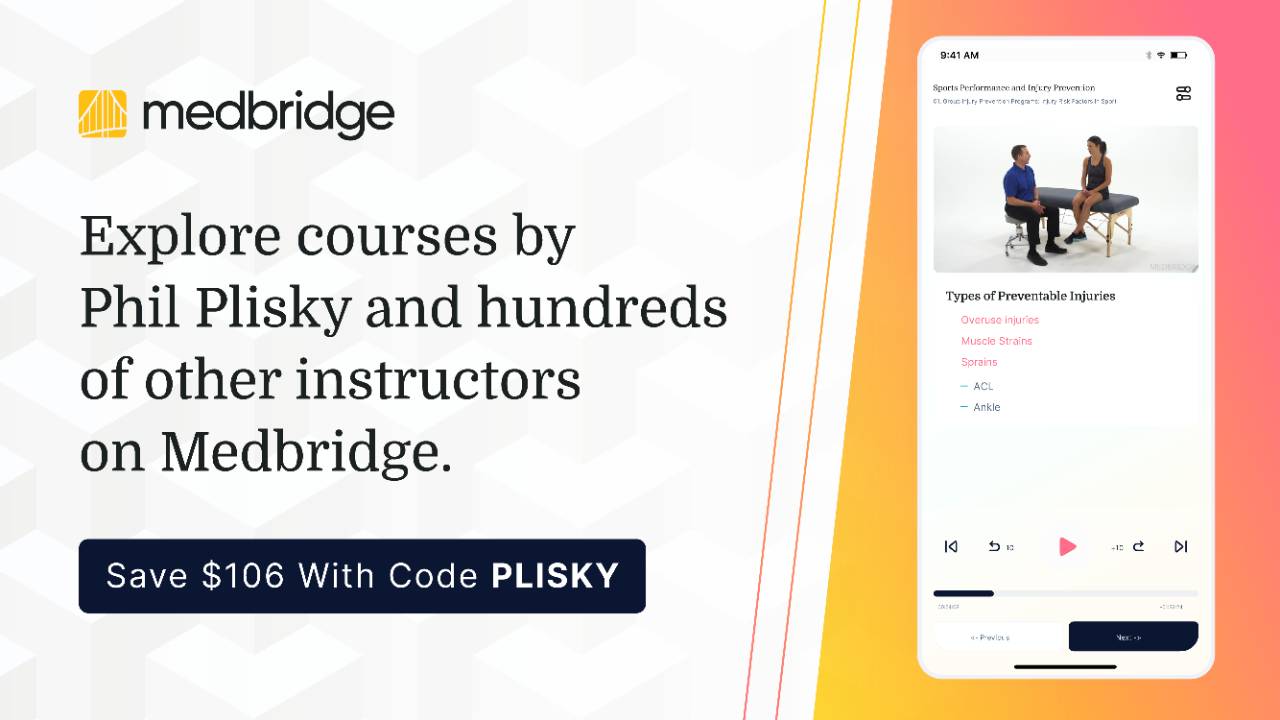How do you juggle all domains of performance with your athletes?
Being a performance rehabilitation provider coach is like spinning seven different plates at once. You remember that, from the circus, where a guy would start spinning one plate and go down the line and spin the plates on a stick? And by the time he got to the last one, the first one was starting to wobble and about to fall off. And you go back and forth between plates, and it's this constant stressful thing. Well that's how it is being a performance specialist . . . you are looking at so many different domains of performance. There's everything from skill to be actually be able to do it. You have skill coaches talking about one thing. then you have power, speed, agility, basic movement patterns. tissue extensibility, whether there's tissue Integrity or not. Is there local core firing? Is there global core firing? What about breathing? All this different stuff piles on and gets us overwhelmed quite frankly. I get overwhelmed with it as well, and we need a way to kind of step back, look at what plates that we need to monitor, which ones are the most important, which are the ones that are most likely to fail in this athlete, but keep monitoring all of them at the same time. And that's why it's so important to have a system. And having these systems in place is one of the things that we talk about in the Coaches Club . . . that we're going to really focus on is looking at each system, looking at each thing that we need to monitor . . . not only how to monitor it but also how to correct it when it is having a problem. And then putting systems around you so that you can watch everything you need to without being overwhelmed. One of the things I want you to take home from this message, though, is think about how your athlete feels. They don't realize how many plates are spinning all at once. And so that you're constantly throwing this at them and then this at them, and they're they're not doing this well, and they're not doing that well. And suddenly it's just like, "Well can I do anything well? And you've told me to do 400 different things. Which one should I do? Which one should I focus on? Or should I focus on all of them?" So we have to keep that in mind as performance professionals . . . that we're asking a lot of our athletes. And we also have to be sensitive to the fact that we're constantly changing what we're focusing on, and it's not that the athlete's doing something wrong. It's just the nature of the sport. So we have to very much communicate that clearly. I think of it during ACL reconstruction. It always feels like the goal post is moving. "Oh we've got to get you in full knee extension back right away . . . full knee hyperextension. That's our focus now. Okay you got that. Well now we're working on knee flexion, and we're working on your quad strength, and your squatting pattern. And then once we're done with that we're working on hopping, and you you know you're going to get your Y Balance Test here and your FMS here." Well we need to slow down and recognize, "Hey . . . look what you've achieved. Look what we're gonna going to work on, and here's our new focus." So communicating that, being sensitive to that, is what can really differentiate us as a professional, is that's how we communicate to our players. I hope this tip has helped you out.










